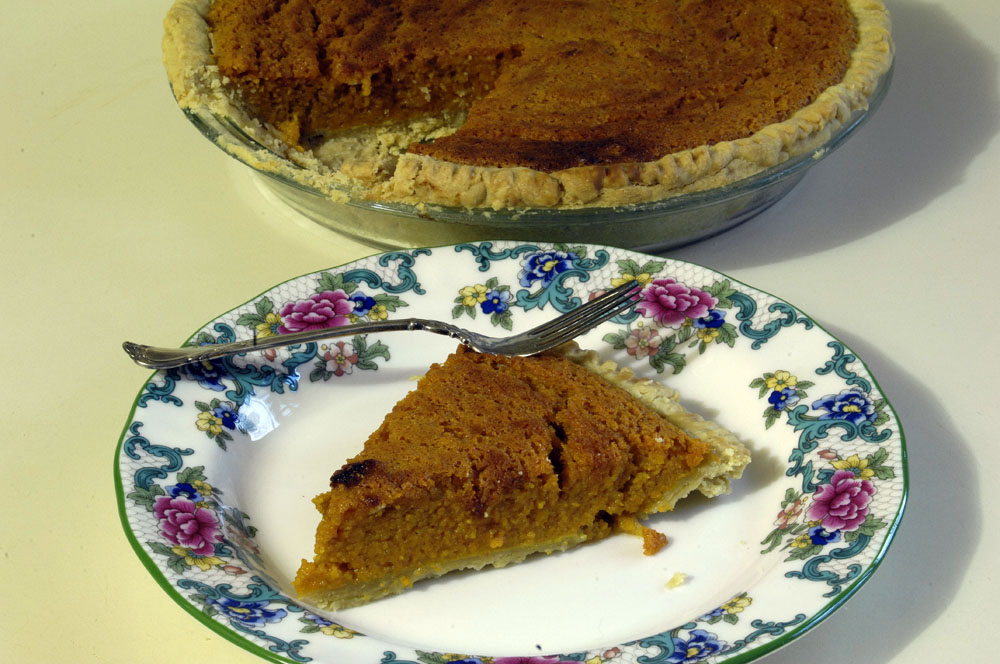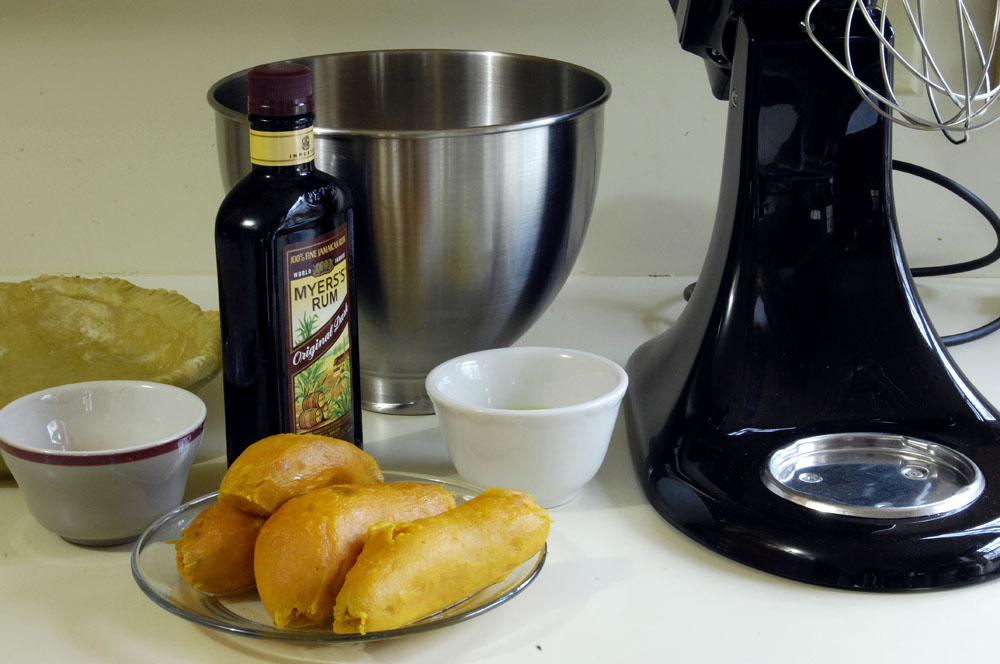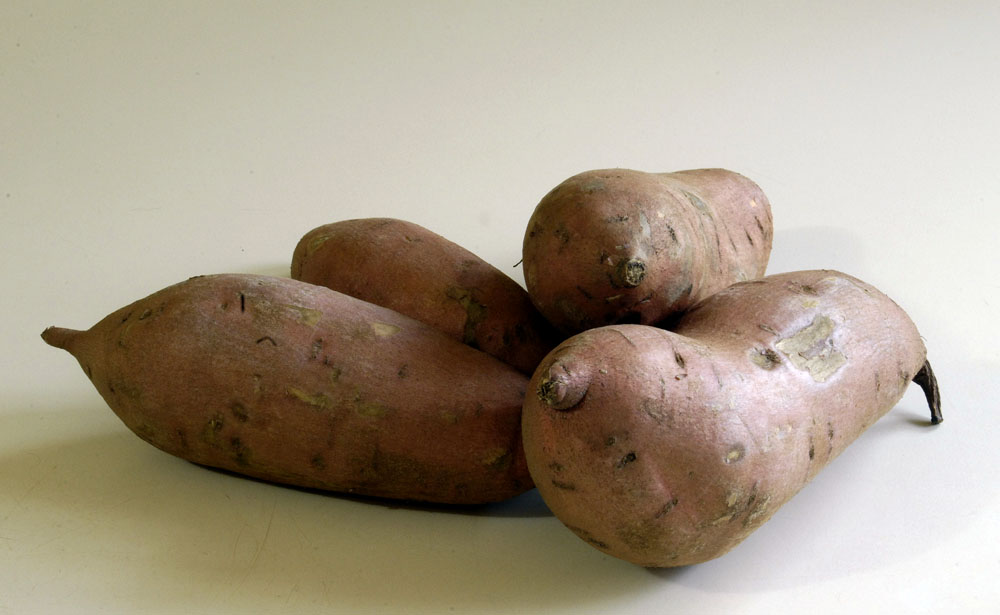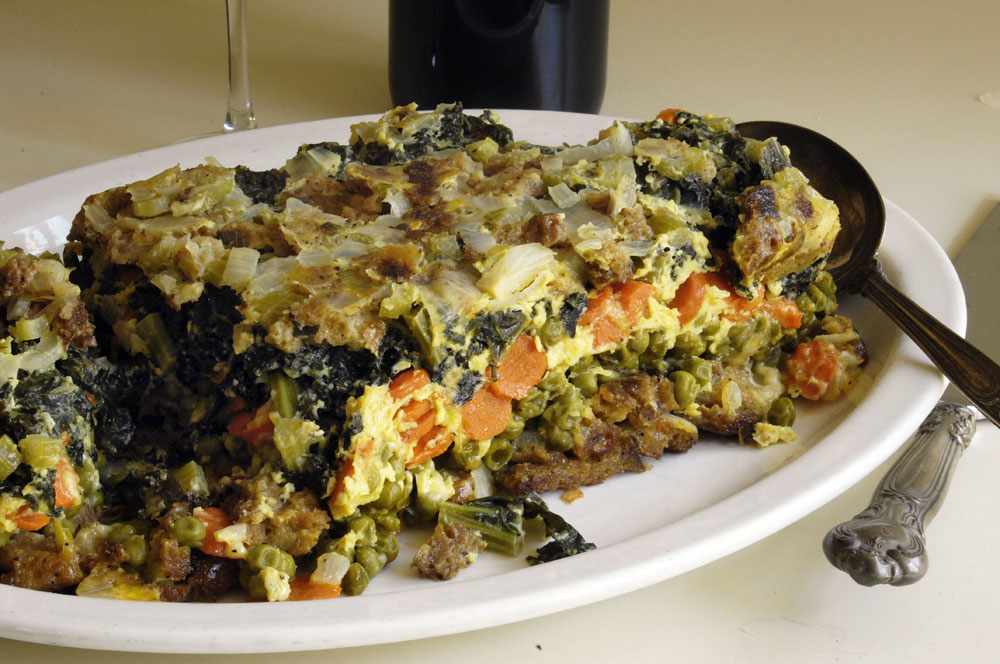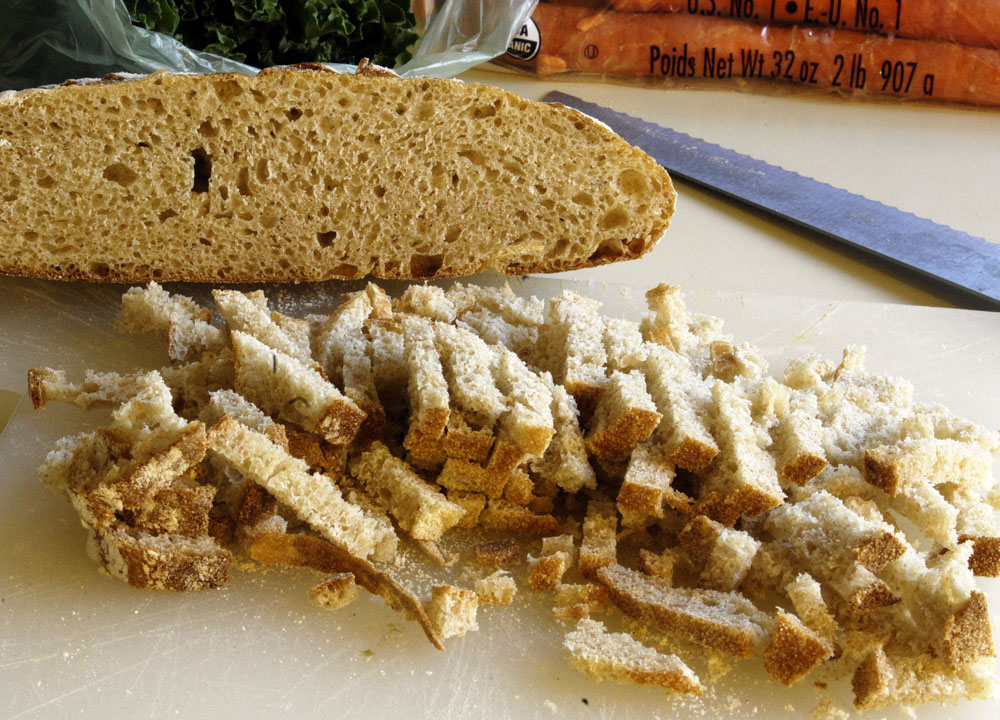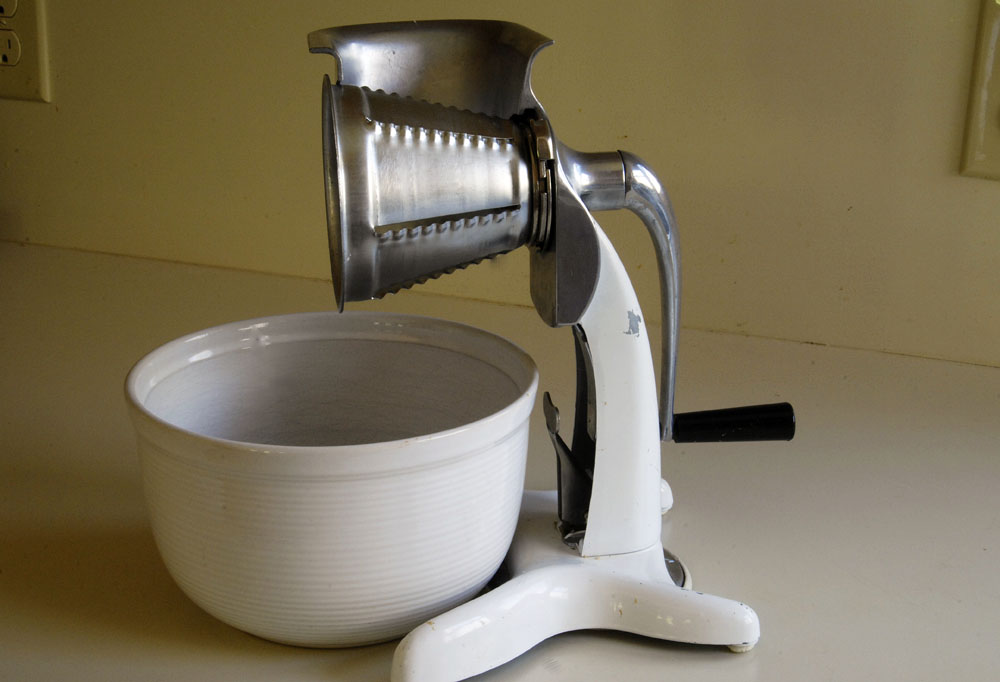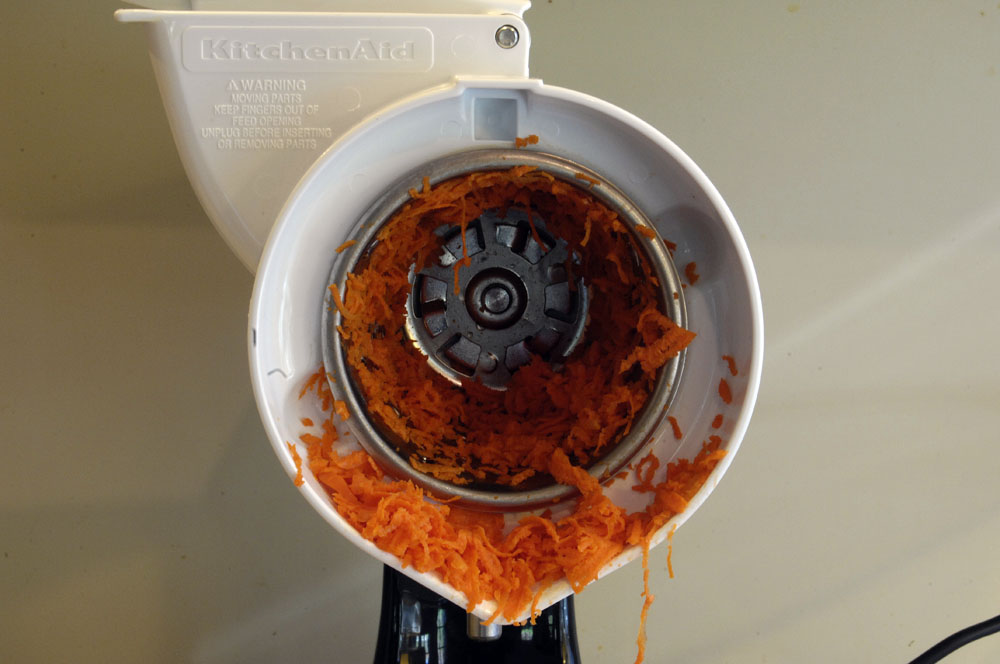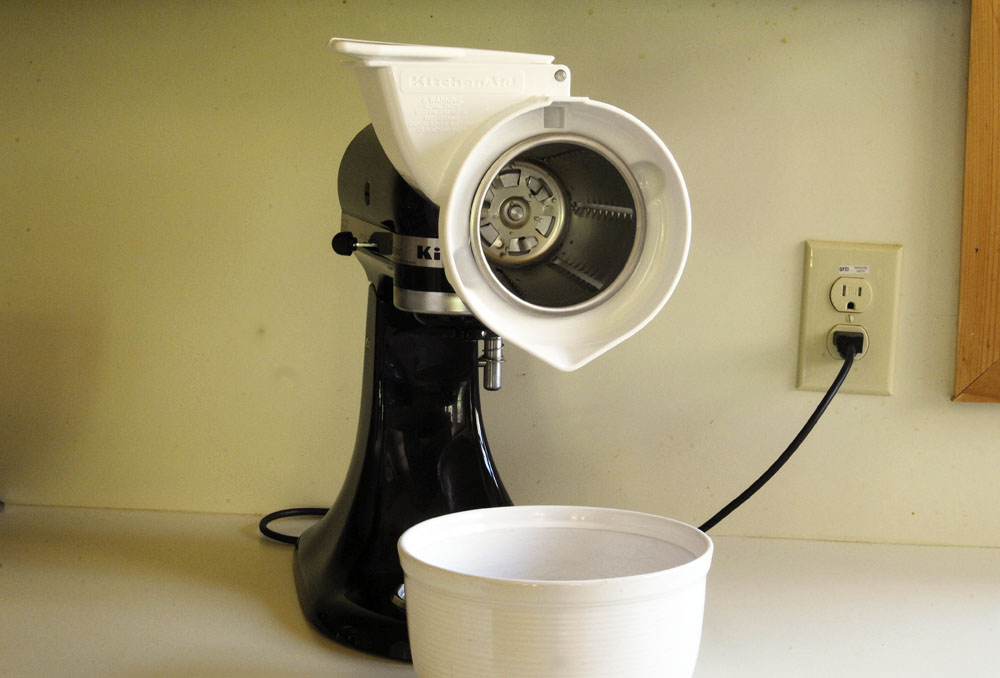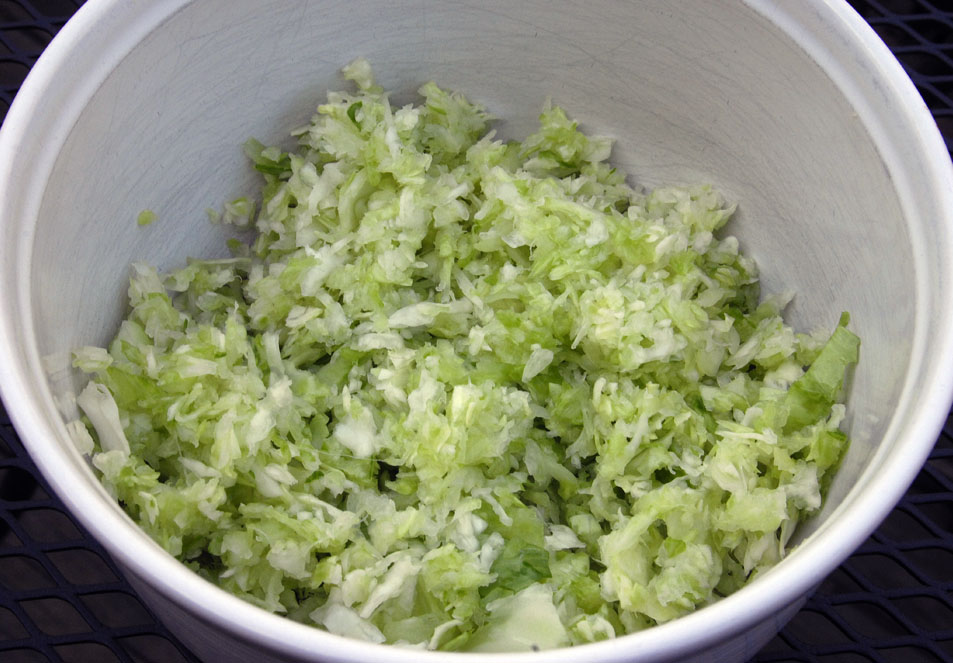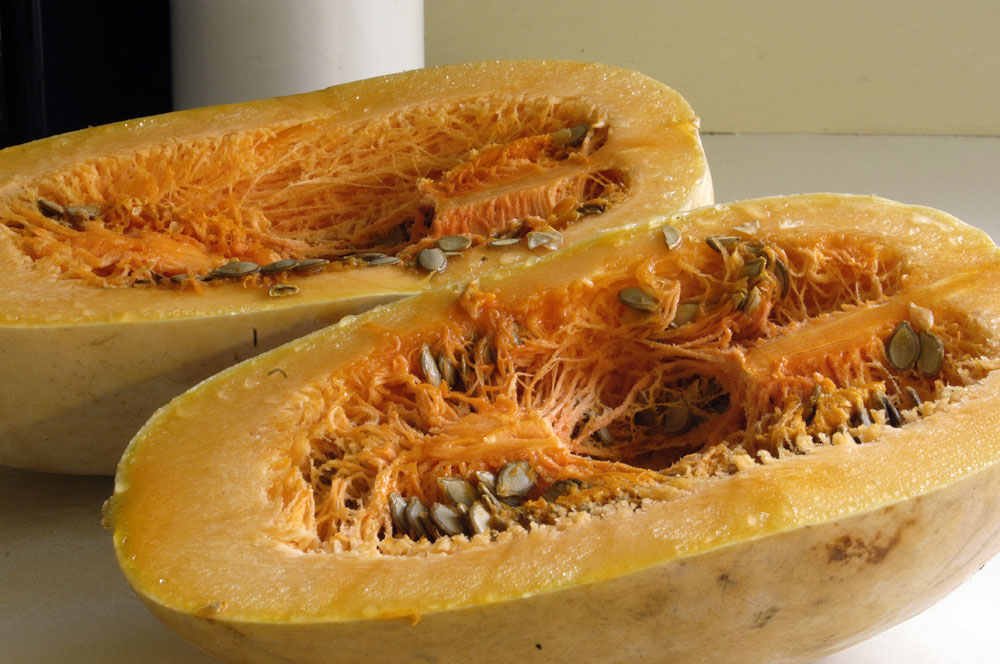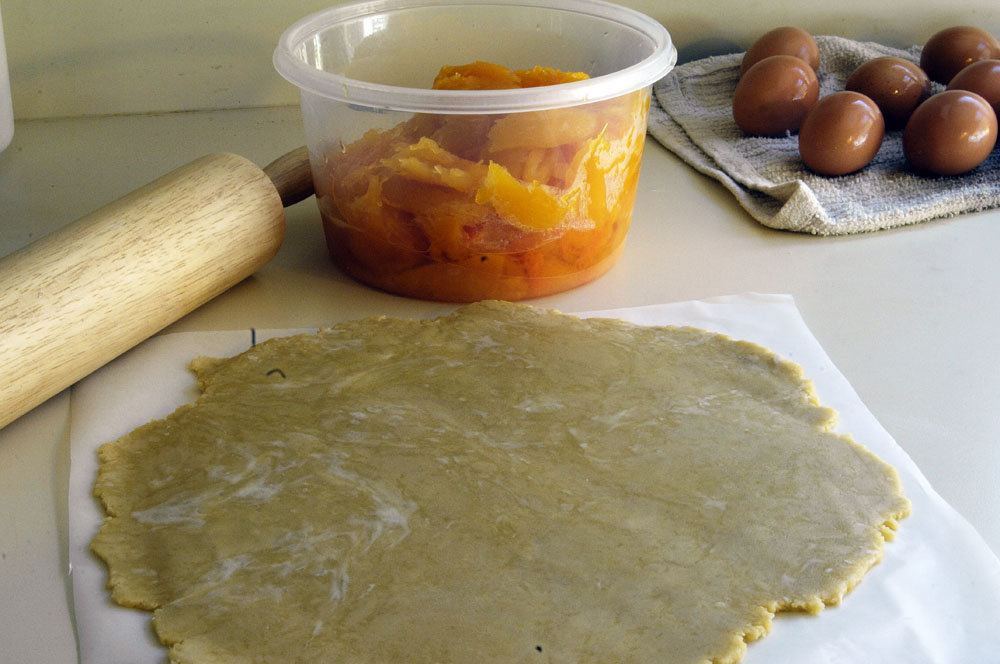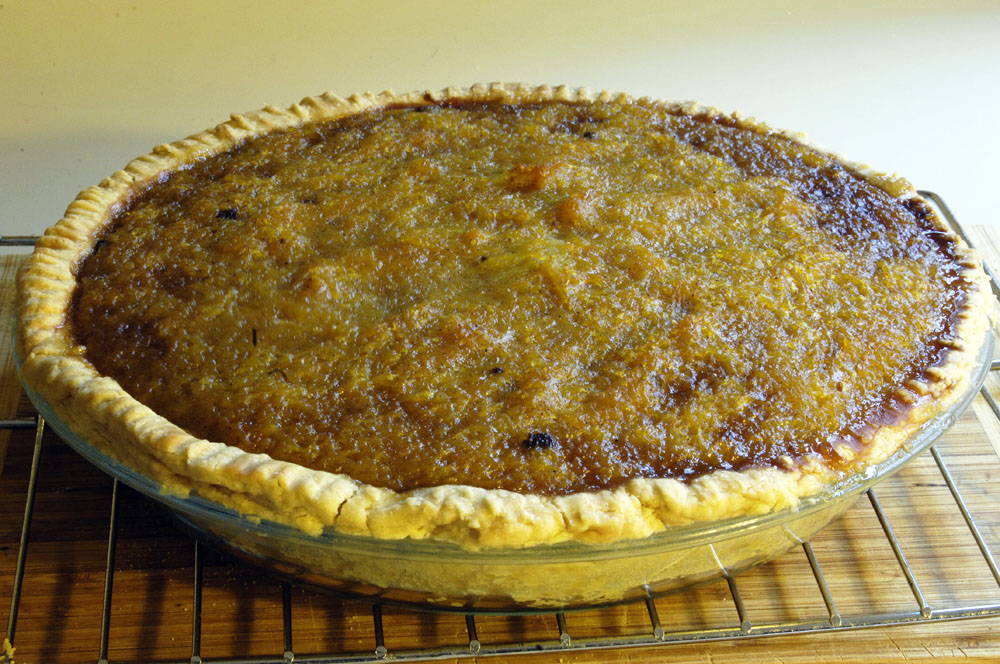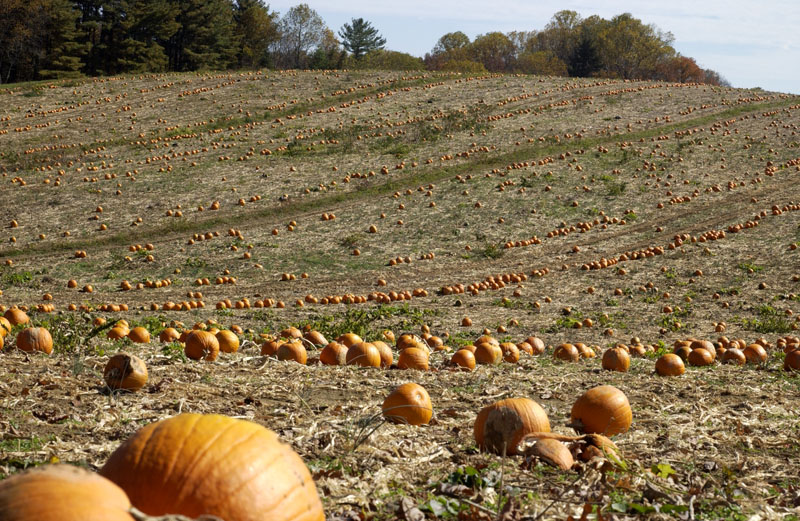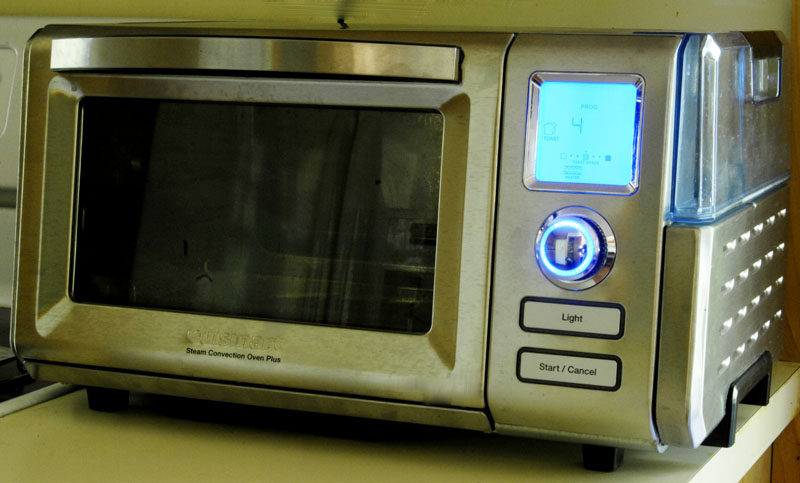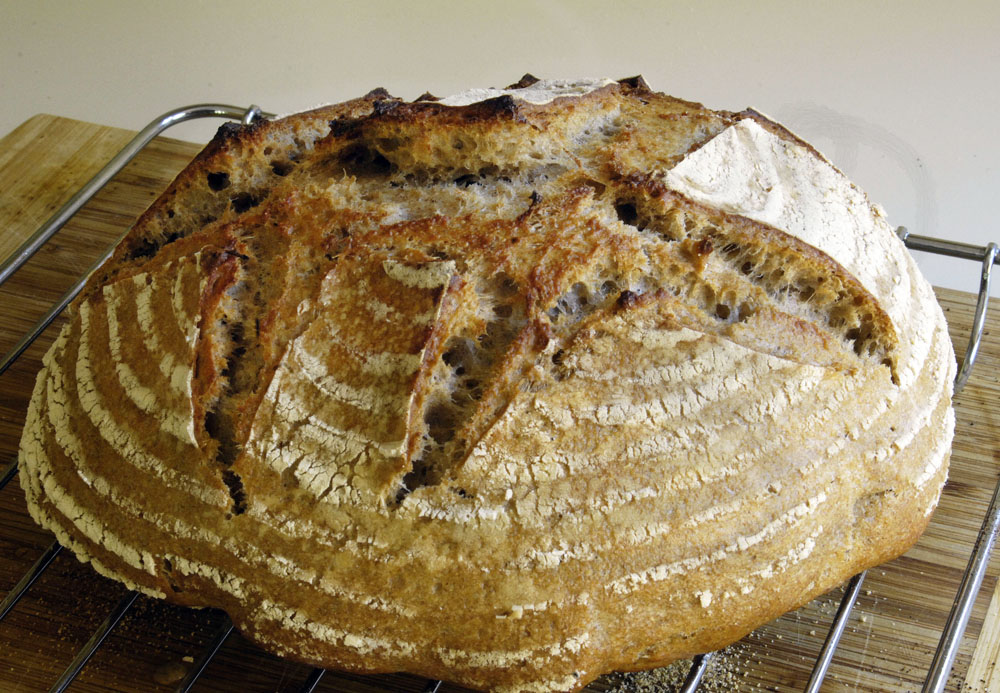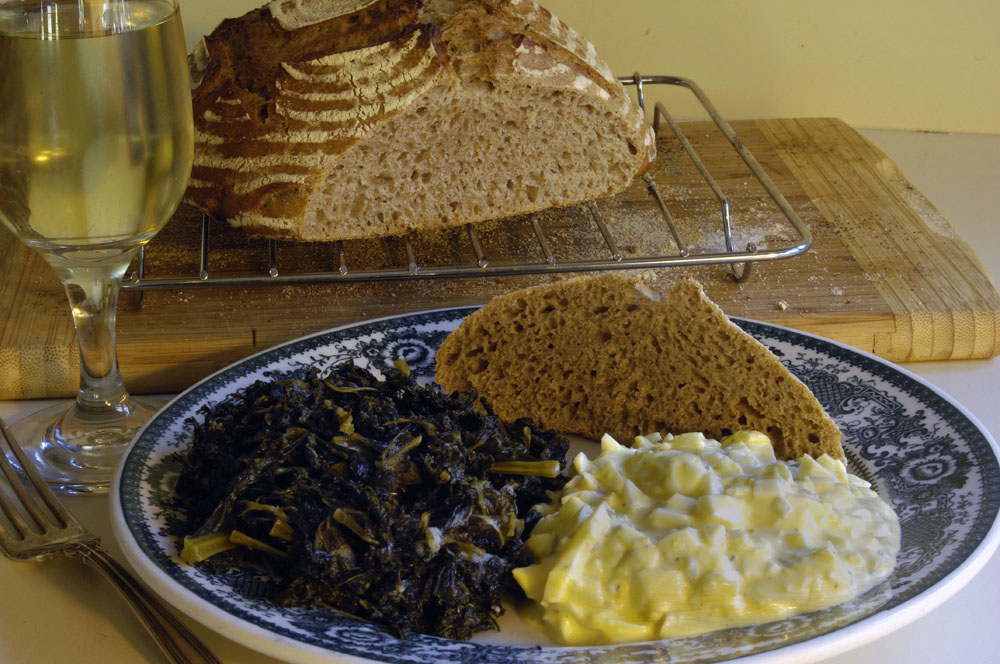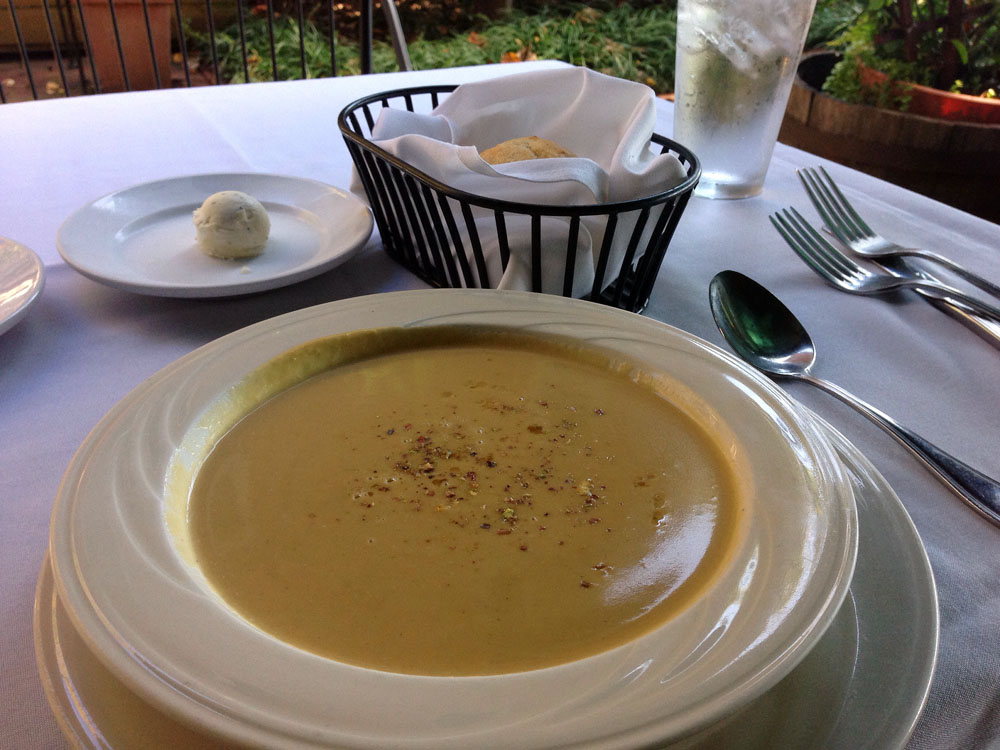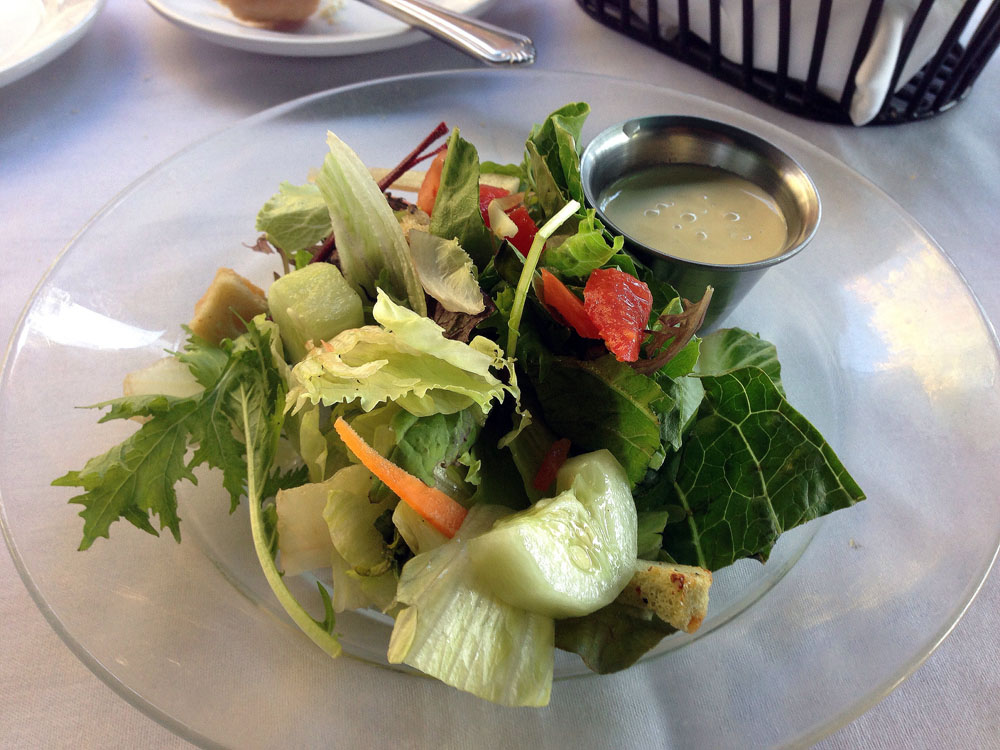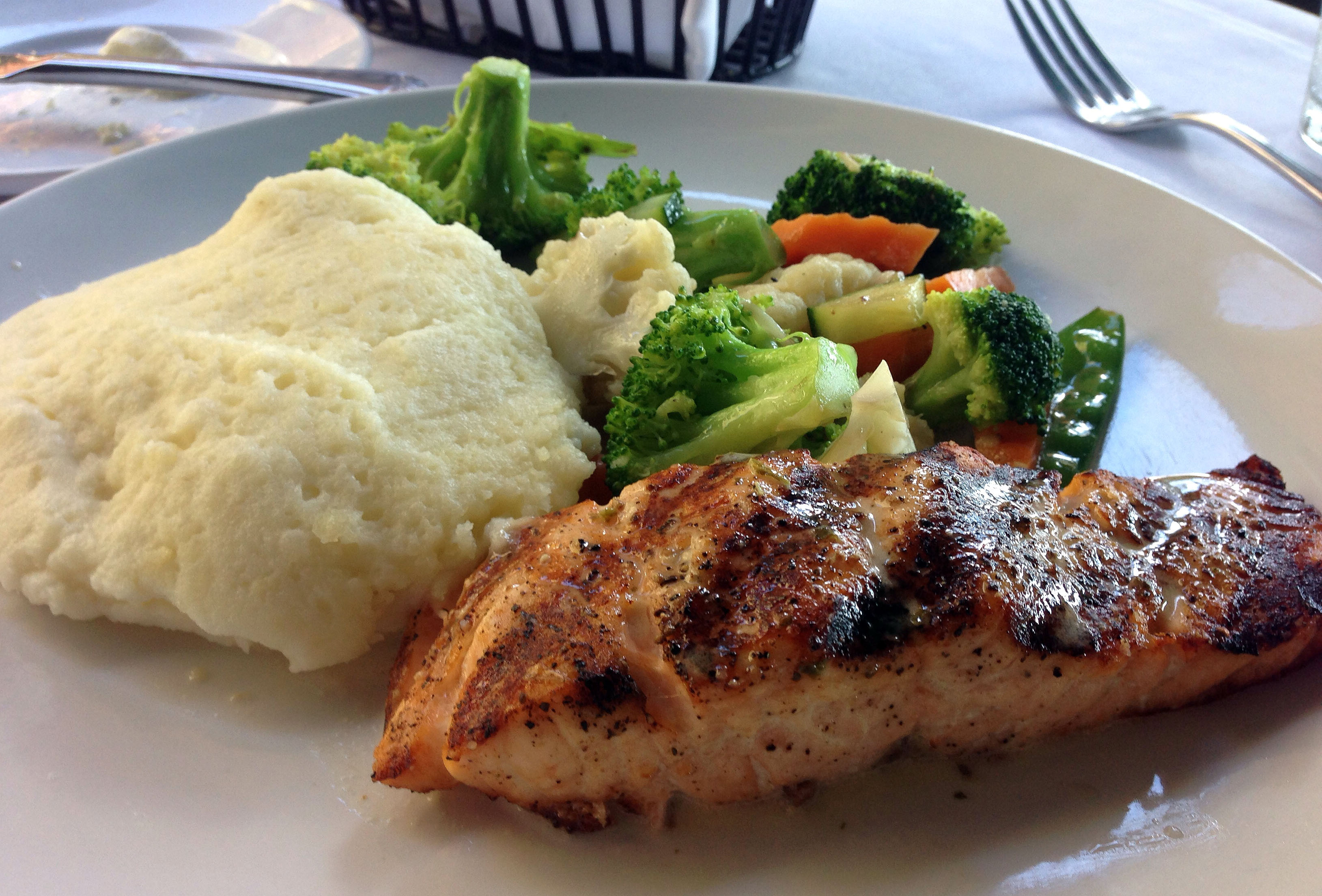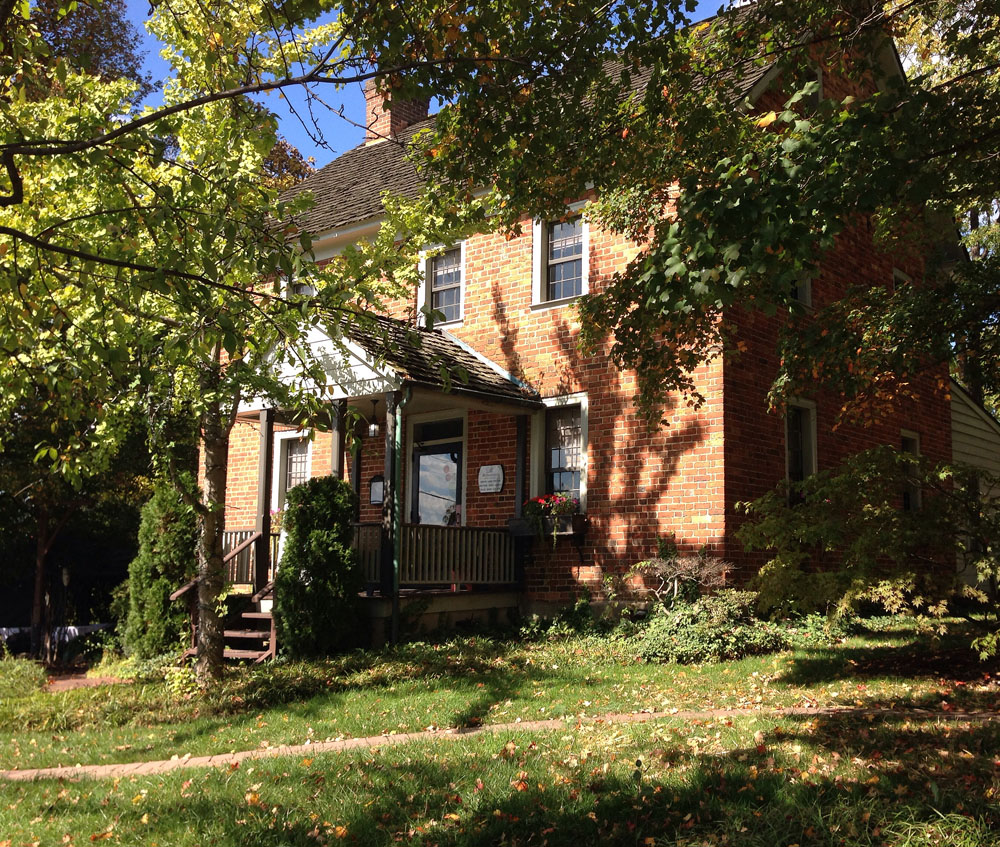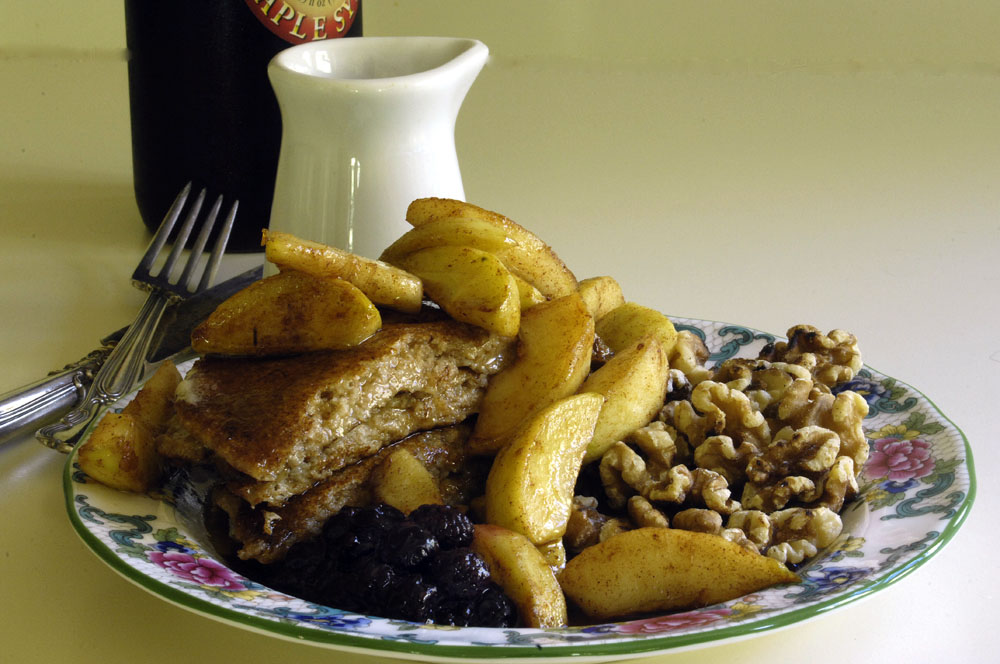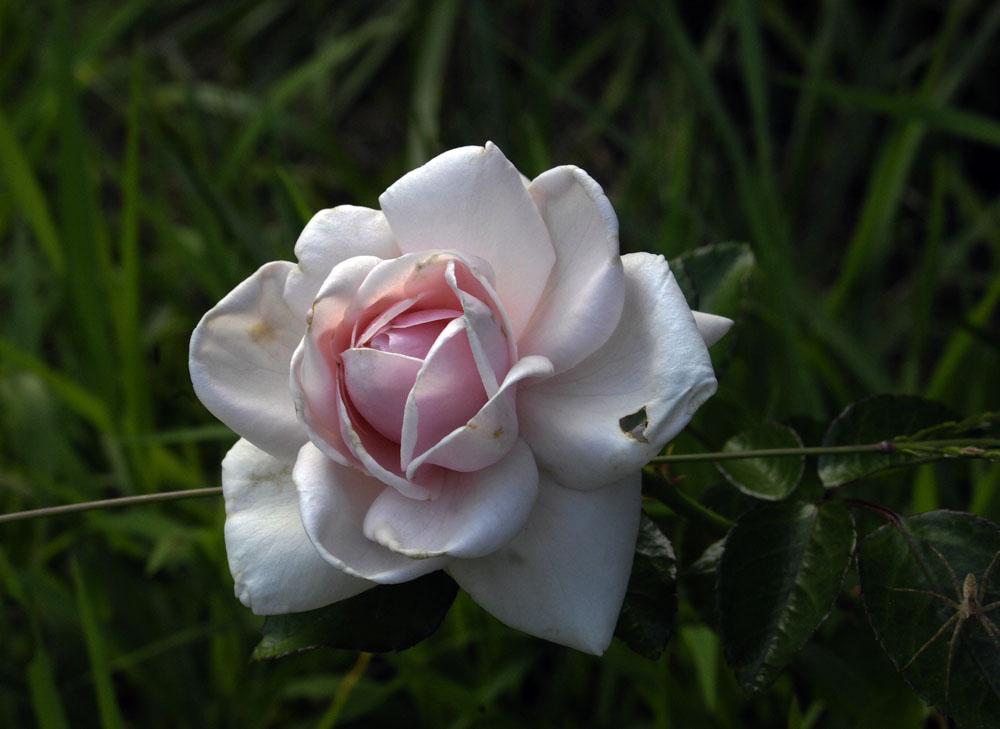Here’s a traditional abbey-recipe pie that you can make all winter. A friend gave me some home-grown sweet potatoes, and I resolved to make a pie out of them. I had not made a sweet potato pie in ages, because usually I go for pumpkin pie. But, as I mentioned in an earlier post, proper cooking pumpkins were hard to find this year. But sweet potatoes are easy. Stokes County, North Carolina, is a great producer of sweet potatoes, and the friend who gave me the potatoes knows the good ones — he used to be an agricultural extension agent and helped commercialize our sweet potatoes.
As usual, I study a lot of recipes to get concepts, then I go off in my own direction. I wanted this pie to have a whiff of rum and citrus. Here’s the recipe:
Sweet potato pie 1 1/2 pounds cooked sweet potatoes 1 cup sugar (3/4 may do -- use your judgment) 1/2 cup fresh-squeezed orange juice 2 eggs 1 teaspoon cinnamon 1/2 teaspoon nutmeg 1 teaspoon vanilla extract 1 tablespoon rum
Separate the egg yolks and whites. Beat the whites until they are stiff. Add the remaining ingredients and beat like the dickens. Pour the mixture into an unbaked pie shell. Bake at 350 degrees for about 50 minutes or until properly done. The pie will rise like a soufflé while baking, then sink as it cools.
It has been years since I’ve had distilled spirits in the house. I actually went to the Walnut Cove ABC store today and bought rum especially for this pie. I figured it couldn’t hurt to have a little rum around for the holidays.
I would not recommend boiling the sweet potatoes. You’ll boil all the flavor out of them and make them soggy. Baking them, then removing the skins after they’ve cooled, is the way to go.
My pie and quiche crusts are always homemade. It’s just 2 cups of unbleached flour, half a cup of olive oil, and enough cold water (just a few tablespoons) to moisten the dough. You know the procedure for pie crusts, right?
This pie is delicious. I’m going to have a second piece now.

